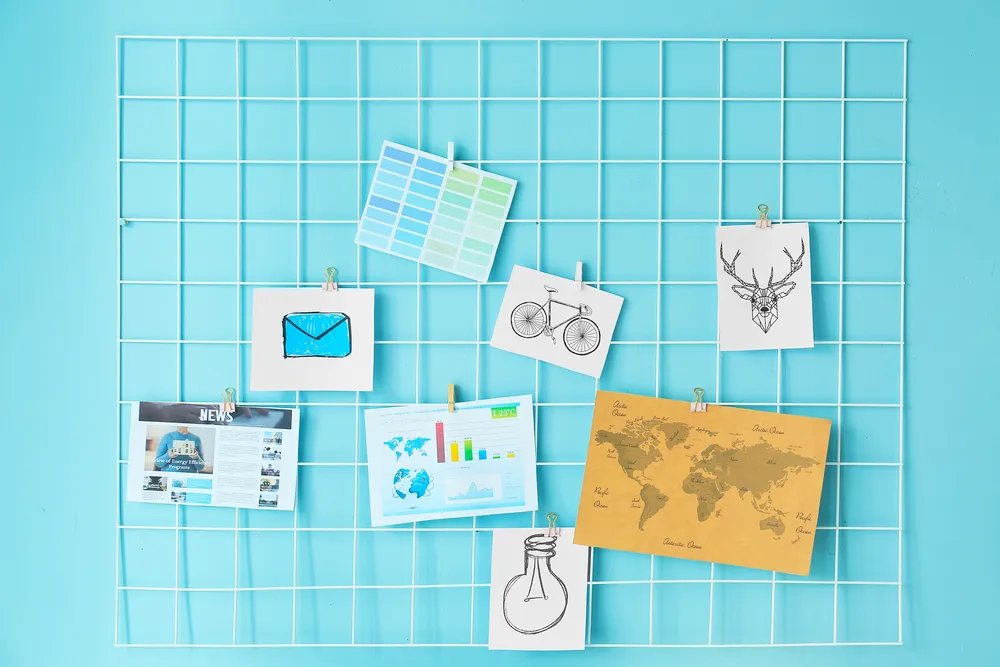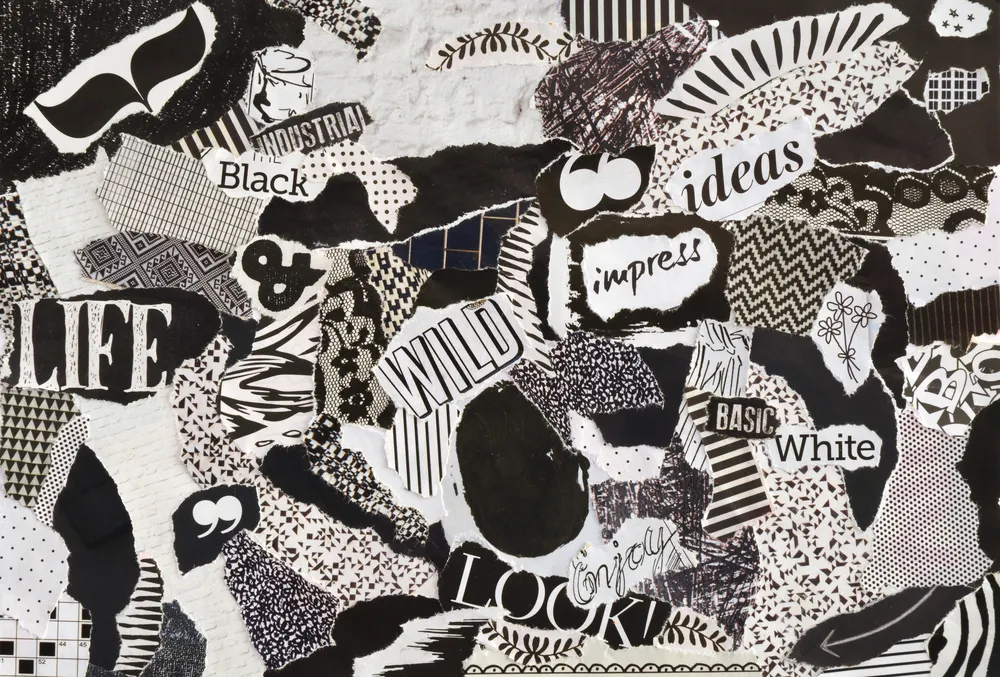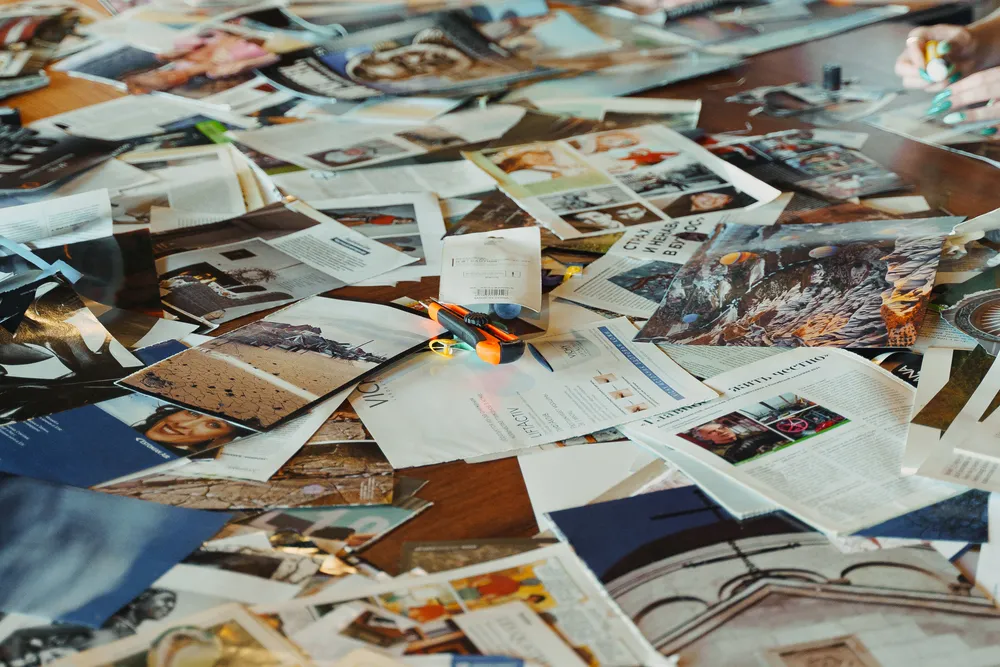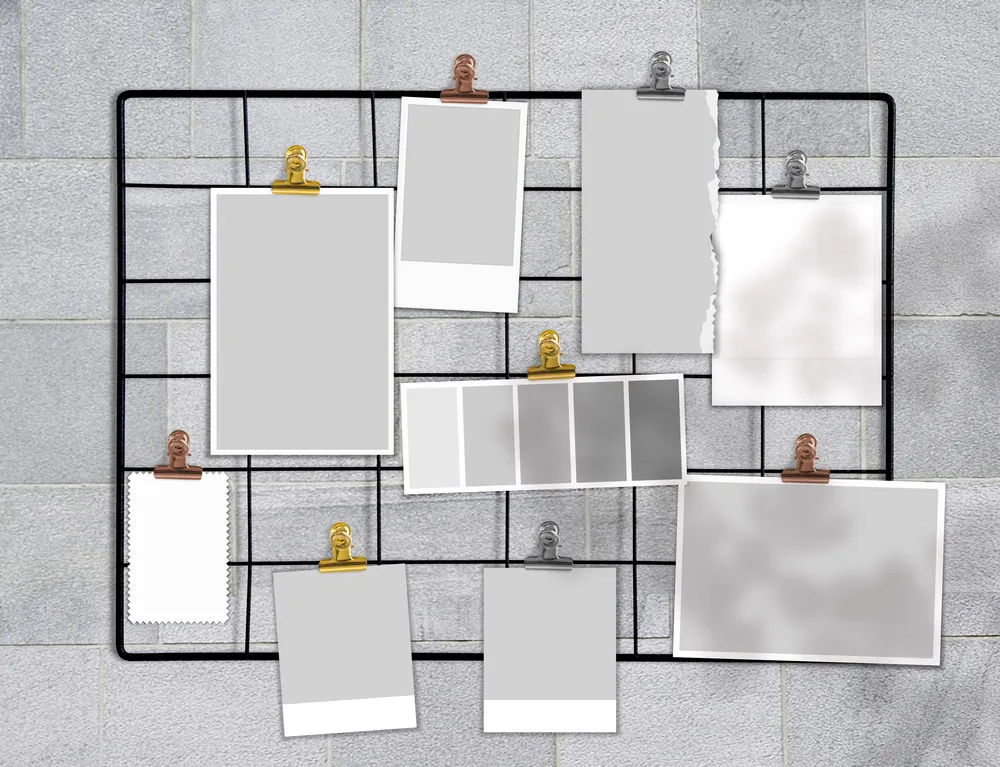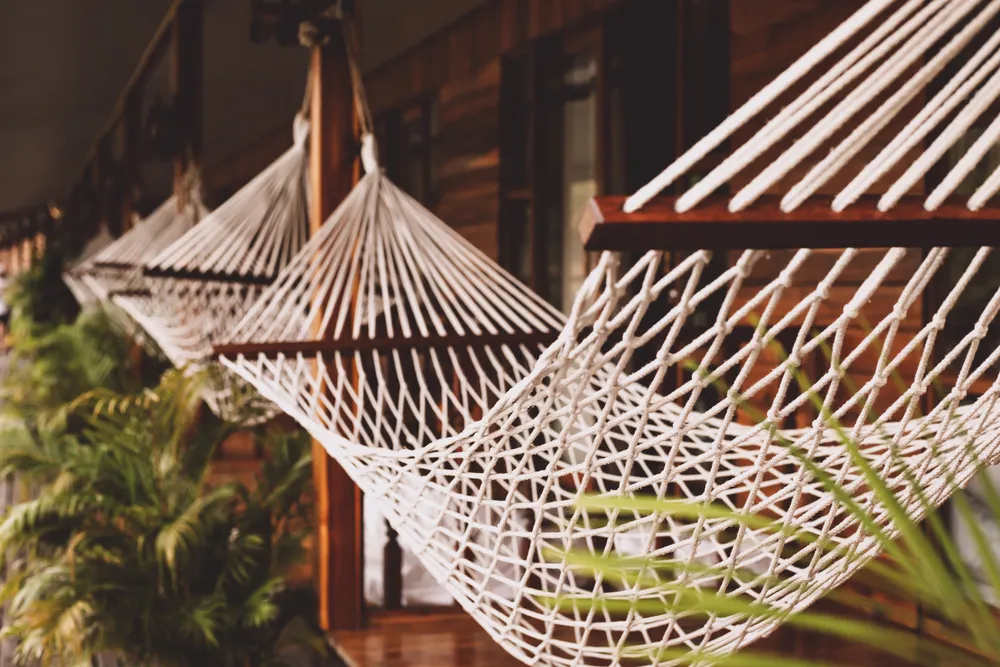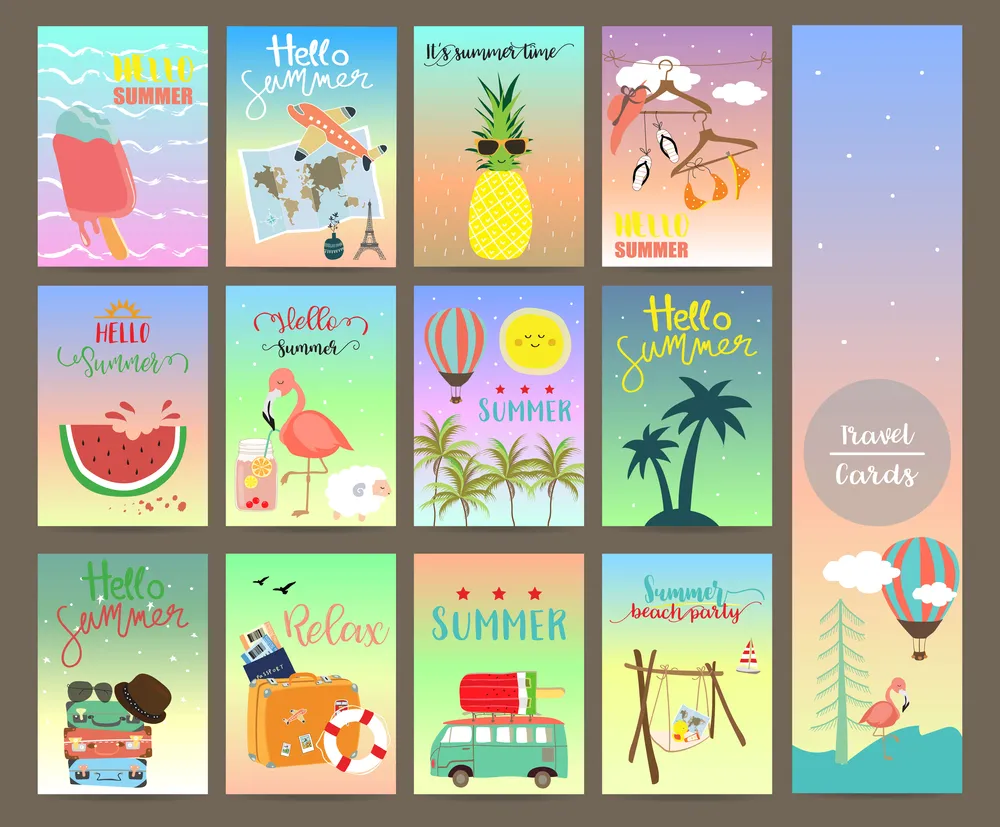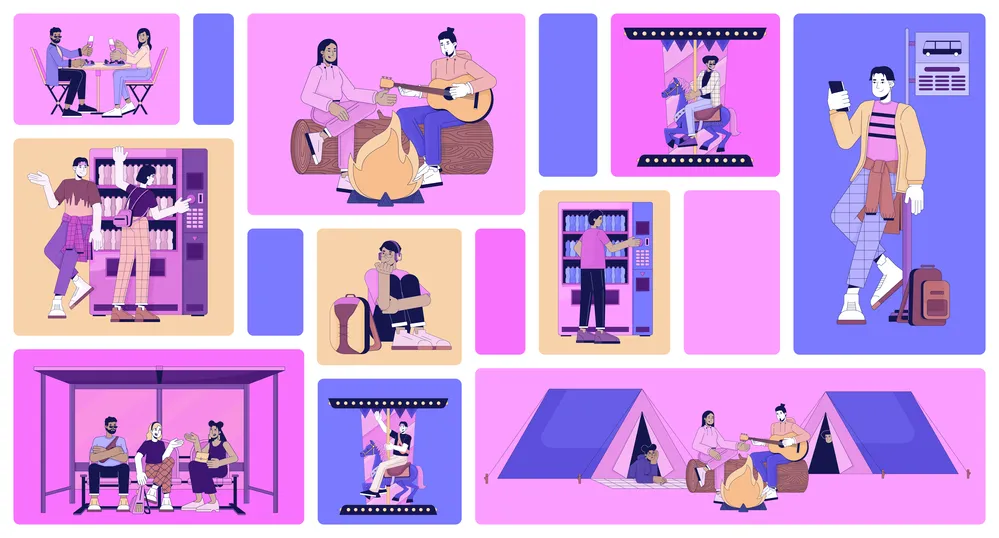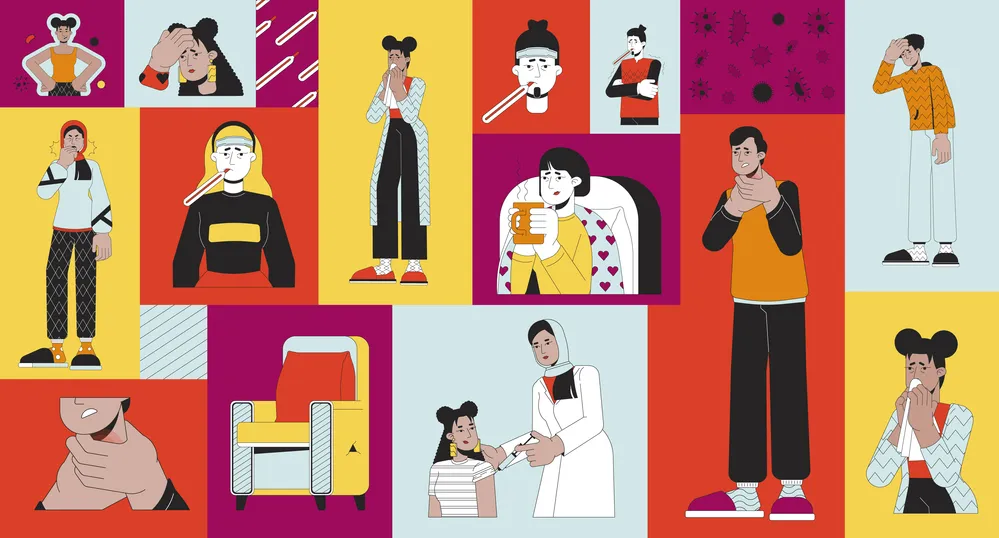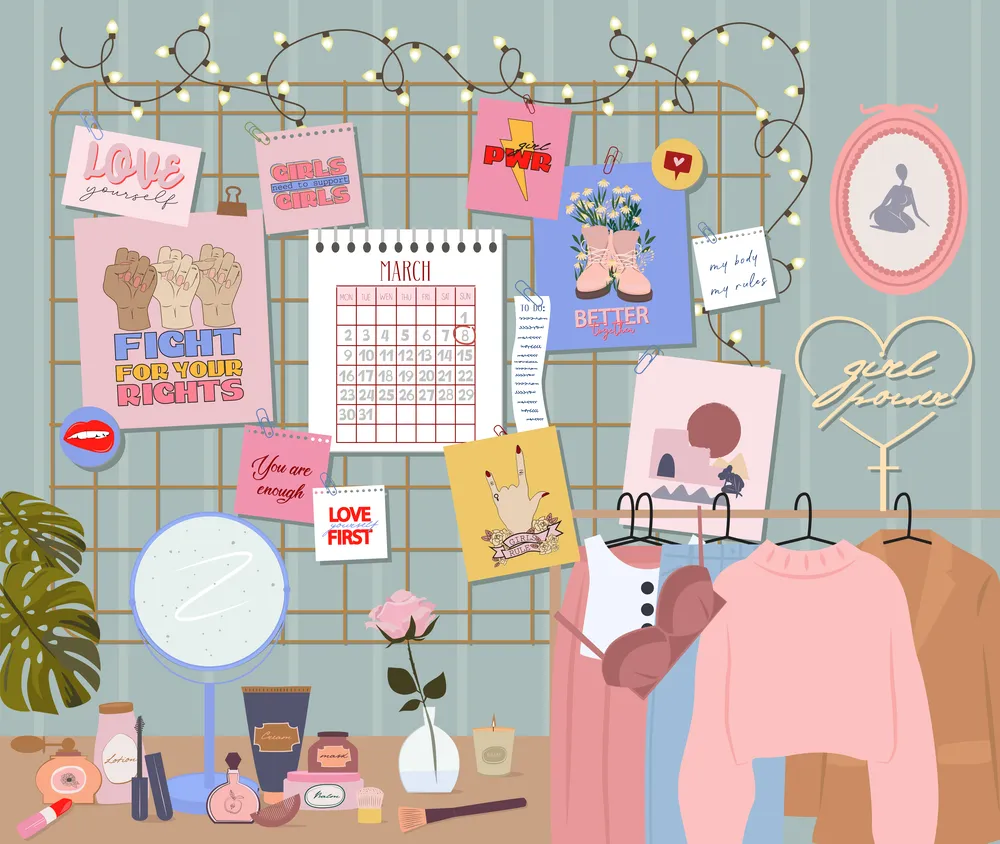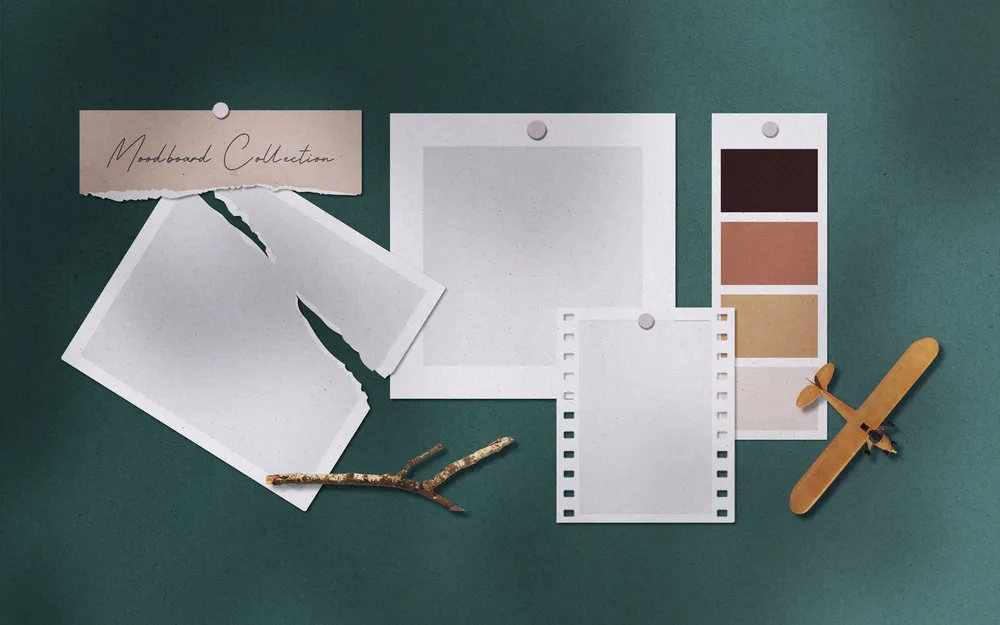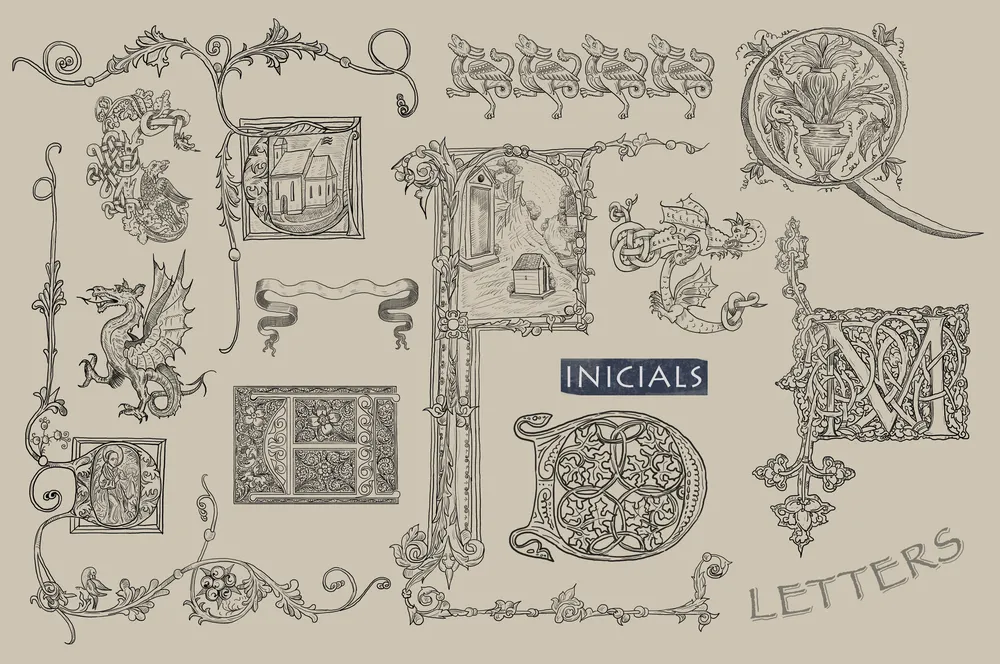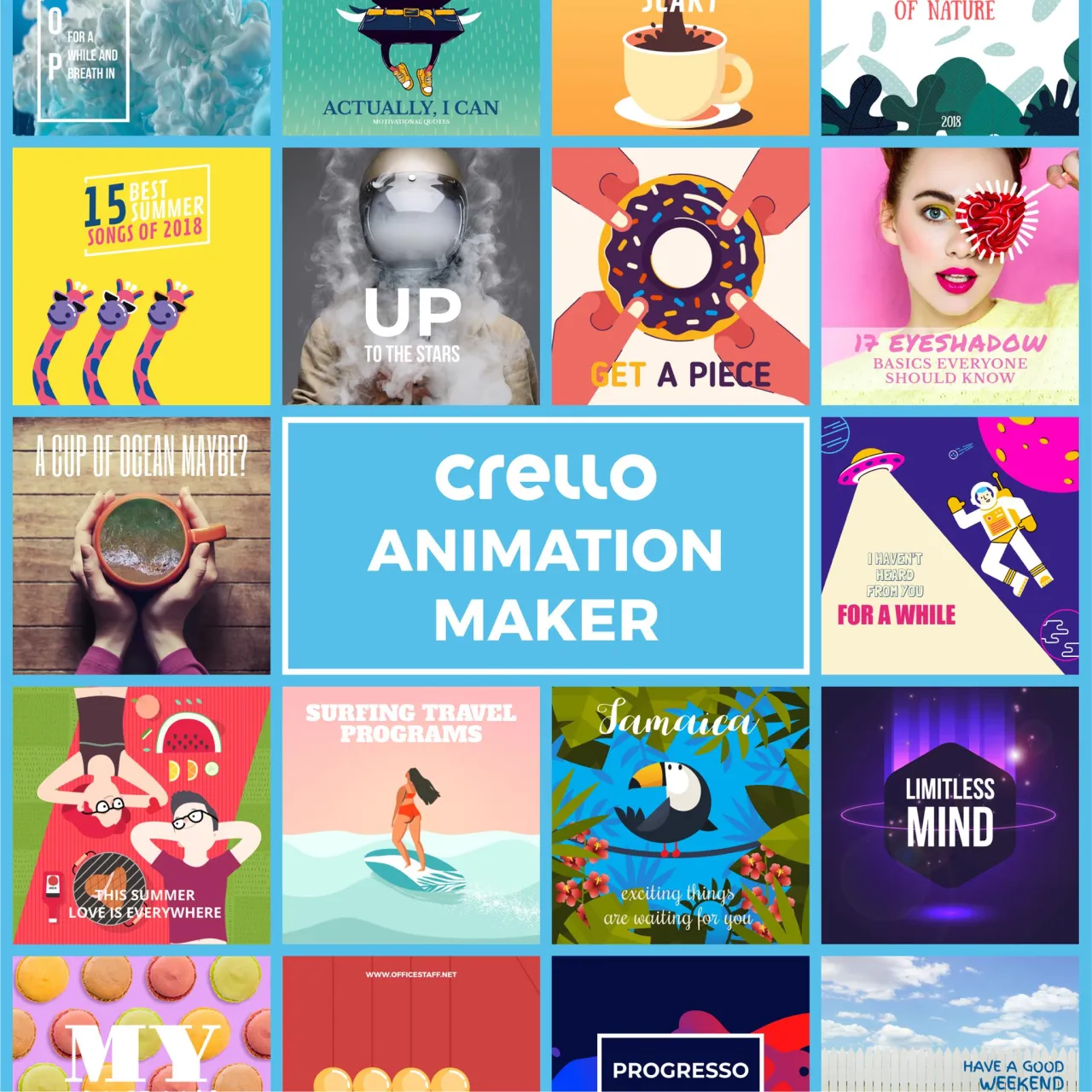How to Make a Mood Board in 6 Steps [Updated in 2024]
If you have renovated your home, prepared for a wedding, or planned the garden layout in front of your porch—a mood board might be a very familiar concept to you. But if you want to become a designer, you should expand the boundaries of your understanding of this fantastic tool to help with select projects.
Mood board ideas help designers structure their project vision, find a common language with their client, and get user feedback long before their product is born.
Are you already interested in how to make a mood board? This article explains how a designer can use a mood board and get the most out of it. It also covers the best strategy for creating a comprehensive mood board for designers.
Designers across different industries and teams may have different strategies for creating their aesthetic mood board. Brand designers start by looking at competitive products and end up with a well-thought-out reference file. Fashion designers prefer physical mood boards to collect images and materials.
Our step-by-step guide with mood board examples is most useful for graphic designers.
Step 1. “What is a mood board?”
Let’s clarify the term before diving deeper into how to make a mood board. A mood board (you might also see the term “moodboard” or “inspiration board”) is the name of a set of visuals that were selected to define the emotional context of a brand or a product.
A mood board can be a physical board to which a designer pins printed pictures, drawings, and other objects (for example, scraps of fabric and dry tree leaves) to translate the tone and atmosphere of their projects. However, most designers use digital mood boards that allow remote teamwork and contribution.
There are three main types of moodboard makers that can be distinguished by the tools they use and the format of mood board ideas:
- For individual purposes, Pinterest is a brilliant tool for creating and managing mood boards. You don’t need to learn how to create a mood board on Pinterest—its intuitive interface is simple.
- Designers prefer to use more flexible and feature-rich cloud-based platforms, including GoMoodboard, Polyvore, and StudioBinder. These tools are template-based, so using them saves the designer’s time. Many of them allow multi-team usage and mood board editing from various devices. VistaCreate, a template-based graphic editor by Depositphotos, could also serve as a tool to create your mood board and then present it (choose ‘Presentation’ templates). This tool works perfectly for all purposes, including creating an interior design mood board or branding.
- Advertising agencies and design studios usually create custom mood boards with Photoshop or other professional graphic editors. They then pass their work on to clients and marketing departments, acting as a guideline. Any ready-made and customizable VistaCreate and Canva mood board will save time and help focus on tasks like choosing visuals for the board, not crafting its layout.
What can be placed on the mood board? A mood board is typically an emotional and visual reference for further work development. It serves as a starting point for conceptual brainstorming and, in its final form, is a source of reference for other creatives on the team.
A traditional mood board contains:
- Photographs and illustrations;
- Text;
- Сaptions and notes;
- Сolor palettes;
- Design elements;
- Examples of similar products;
- Fonts.
The scope of the mood board includes architecture, industrial design, web design, branding and rebranding, photo sessions and video storyboarding, advertising campaigns, theater, and fashion. You can create a kitchen mood board before making DIY renovations in your apartment.
Here are some mood board examples from the Depositphotos library:
Step 2. Why do you need a mood board?
Great! At this point, you can answer the “What is mood board?” question. If you are unsure about whether you need it or how to use it in your work, we suggest checking out the following list. We collected information on why a mood board can make your design tasks easier and more enjoyable.
You create a new product concept
Usually, working on a new product involves a client telling you what functions the product will perform, and you need to consider its design or visual communication. In this case, the mood board structures your artistic search and allows you to develop and save an idea. Let’s take a fashion mood board as an example. Having it at hand during the early stages of collection development, a creative team can avoid mistakes and conduct client research with a focus group.
You work in a team
Staying on the same wavelength throughout a project is crucial in teamwork. A mood board is a collection of visual and emotional references that you and your colleagues can refer to while working on different aspects of the same product (for example, interface design and visual communication on social media). For instance, a wedding mood board helps everyone involved in the process understand the general vibe of the event and its aesthetic. This will guarantee that everyone on your team is on the same page.
You need to discuss your interim research with the client
Moodboards should be called the first collaboration tool in design history. Even in cardboard with pins, magazine pages, and abstract sketches, they fulfill their vital function—they allow designers to explain their vision and help other team members contribute to making changes.
For example, if you are an architect or interior designer working on a wellness center project, you might need a well-organized bathroom mood board that conveys the general mood of the future interior.
You want to avoid costly mistakes
Designing a product and finding out that its users don’t respond well to it means you have to return to your starting point. A mood board helps you avoid this. You can present your mood board to a focus group and get early feedback.
So, at this step, define your goal for the mood board. Is it for personal use or public presentation? Is it for practical use or to help you generate and store your creative ideas?
Also, answer the following question: “What goal do you want to achieve by creating a mood board?”. You can clarify future product stylistics for yourself or develop a complete concept of the product, including its functionality and positioning. In other words, you need to understand the objective of your mood board. Explore some of the mood board ideas below.
Photo-based mood board:
Mood board in the form of a mock-up:
Online mood board (“Favorites” on the Depositphotos platform):

Read more about time-saving Depositphotos tools: Explore 10 Key Features for Clients and Authors.
Step 3. Look for design ‘landmarks’
Most creatives approach the question of how to create a mood board by simply collecting visuals and artifacts they find inspiring in the context of a future project. We offer an alternative, more target-oriented way to start your creative search. Any product that a designer works on has properties that the designer can’t or almost can’t change.
Take the branding for a coffee shop. In this case, the product’s key attributes are coffee, coffee shops, coffee cups, coffee machines, etc. Add design requirements from your client to that and other characteristics you learned about at the discovery stage (for example, it can be a family business; a client prefers a muted color palette and minimalism; Millennials are their target audience). Pay attention to the competitive niche and the target audience of your product.
Add images to your aesthetic mood board that symbolize all these key product attributes, the visual context of the target audience, the competitive landscape, and the client’s requirements.
For example, here are visuals that you can include in your project if you are interested in how to create mood board for a vacation tour booklet:
Step 4. Explore and research more
There is nothing new in the world. Someone has already worked on a similar project and made significant artistic discoveries. Explore the designs of similar products and add the most exciting solutions in this area to your board.
Feel free to dig deeper! Perhaps a strong design idea for your project lies beneath a layer of history. Explore what similar products looked like before. If you’ve found a gem, add it to your board too.
Remember that you can combine several tools for mood boarding at this stage. Look for ideas and references everywhere. While a Pinterest mood board will help you find your aesthetic, Depositphotos “Favorites” provide you with licensed content you can directly include in your future projects. Moreover, you don’t need to download files you mark as Favorites—the tool is free.
Let’s picture a brand mood board that your marketing or advertising agency is working on to upgrade their client’s public image and make it more relevant to younger customers.
You might need to prepare a high-quality presentation for the brand and show image references that will impress stakeholders. Some of them might even be used in future brand books. For that purpose, only licensed content can be used.
Read details on content licensing to become more aware of the legal requirements: Standard License vs. Extended License for Images. What to choose?
Step 5. Illustrations, neon signs, photographs, and more
It’s time to add some of your creative personality to the project. Add images that are not directly related to your task but make you light up with inspiration. It can be anything, from a favorite 16th-century Japanese print to a flyer you were given on a street corner.
You can also use animations, audio recordings, and even poems. At this stage, you could also use a platform for stock visuals, such as Depositphotos. Pick images and videos you like, add them to your Favorites, or download them to your mood board on a different platform. Explore our curated visual collection for tasks like creating a Halloween mood board.
Examples of a bento grid mood board:
Step 6. Look for fonts and colors
If you are a graphic designer, you will eventually have to choose a font and color palette. It’s better to make a final decision early on with a mood board.
Look for fonts and colors that visually match what you’ve already added to your mood board. Even if you need to design a custom typeface in the future, references will only make it easier. There are some mood board examples that include palettes and fonts:
Step 7. Finalize your mood board
At this point, you need to categorize everything you put on your aesthetic mood board. Remove repetitions and highlight the most essential references in describing the ‘mood’ of the project.
If you will not present your board to a team or client, design it so an outsider can understand your thoughts. Use arrows, captions, image scaling, and various compositional techniques to do this.
Here’s one more tip to apply if you need more inspiration or ideas: Explore a mood board generator. As with any generative tool, it has numerous advantages. For example, it can give you alternative ideas for project aesthetics by blending existing solutions. Our article Dos and Don’ts for Creatives Working with Text-to-Image AI explains how to utilize generative AI to expand your imagination and be more productive. To generate images from text prompts, use AI Image Generator by Depositphotos, which offers you images licensed for commercial purposes.
Ready to become a moodboard maker?
Why should one use a mood board? A typical creative project starts with wild brainstorming, and a mood board is the best way to keep your creative ideas from getting lost and forgotten. In addition, it serves as a communication link between designers, their clients, and other team members.
A mood board is a flexible and multifunctional tool. It is used by fashion designers, filmmakers, architects, industrial designers, digital designers, and those passionate about interior design or thematic events.
Whether you need a physical living room mood board or an interactive and shareable folder that includes colors, fonts, and images—always start by analyzing your task and looking for references.
If you haven’t used this tool in your work yet, utilize our tips on how to make a mood board and try it out. You won’t believe how enjoyable and non-stressful creative brainstorming can be!
More articles for your mood board inspiration:
Doodle It! A Big Guide to Quick Sketching with Tips, Examples & Collection
25 Top Web Design Trends 2025: From Neubrutalism to Dynamic UI
The Art of Collage: Tips for Creating Unique Graphic Compositions and Collection [+Free Files]
